How To Use A VPN?
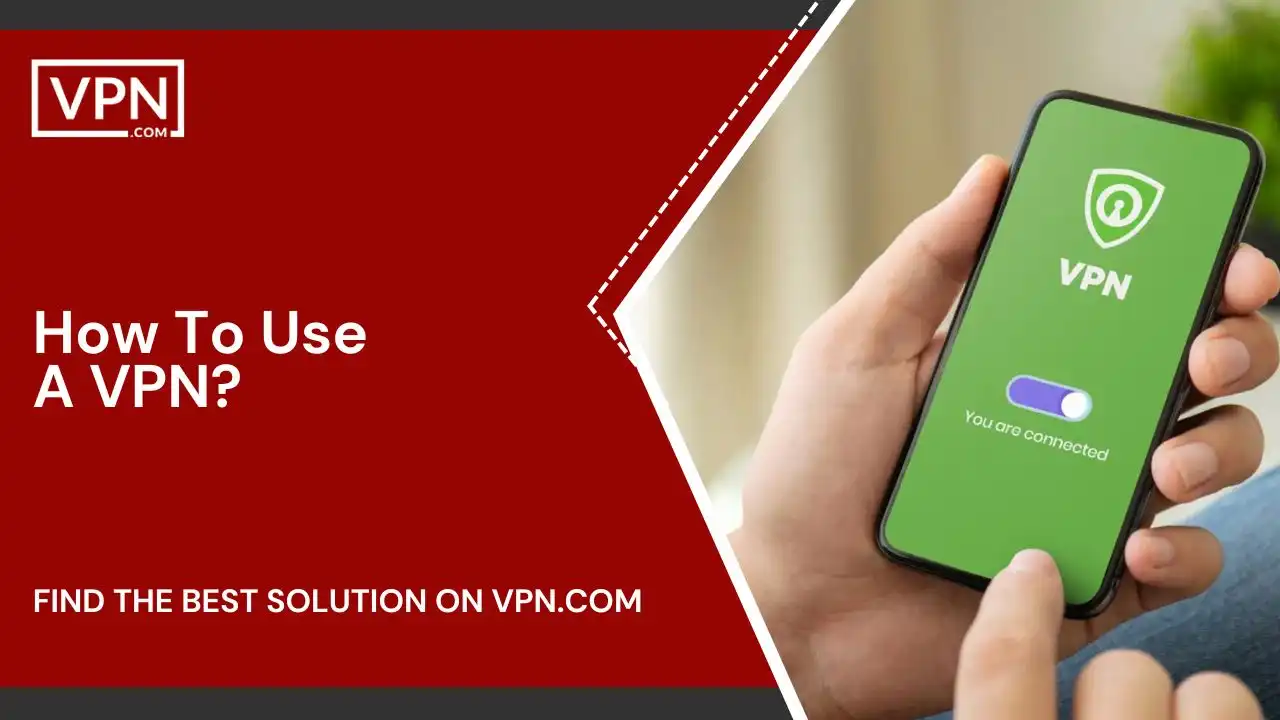
With ever-evolving technology nowadays, having strong safety and privacy is becoming a necessity for us. We know that technology can be a great help but with it comes many safety concerns. Have you ever thought about what can happen if you use public WiFi? Or ever thought about someone having eyes on you all the time? Yes, we are talking about your Internet Service Provider (ISP).
What will be the first feeling that you will have? Uncomfortable feeling, right? Well you should be and not just being uncomfortable is okay but you also need to worry about such situations.
Why? Because when you are using public WiFi, third parties are keeping a tab on you. They can see all your activities and know what you are doing. The worst part is that they can also lay their hands on sensitive information. Would you like anyone spying on you like that? If not then you need to be careful next time.
We know you can’t always ignore public WiFi. Sometimes you are in a hurry and need quick access to the internet and at those times you don’t mind using public WiFi. So we won’t ask you to quit using it but use some safety precautions.
The best safety precaution you can take to protect yourself from third parties or ISPs is to use a VPN. Don’t know what a VPN is? Don’t worry. This is the sole reason we are here to help you. So if you want to discover some interesting facts about how to use a VPN then don’t stop here and keep reading.
What Is A VPN?
In simple words, It is a software that encrypts your data so no one else can see it. It basically encrypts our connection between the internet and device. VPN’s are very beneficial especially when you are using public WiFi. Because they will provide a safe private tunnel for your communication, so no one can keep tabs on you.
So people ask us what is the benefit of using a VPN? We tell them that VPN can be a great help in protecting your data from hackers. It also gives privacy to you, so that you don’t feel that someone has eyes on you all the time.
VPN will also save you from location discrimination problems. If we keep talking about the benefits of VPN then remember there are alot. We will talk about them later but let’s skip it for now.
How Does A VPN Work?
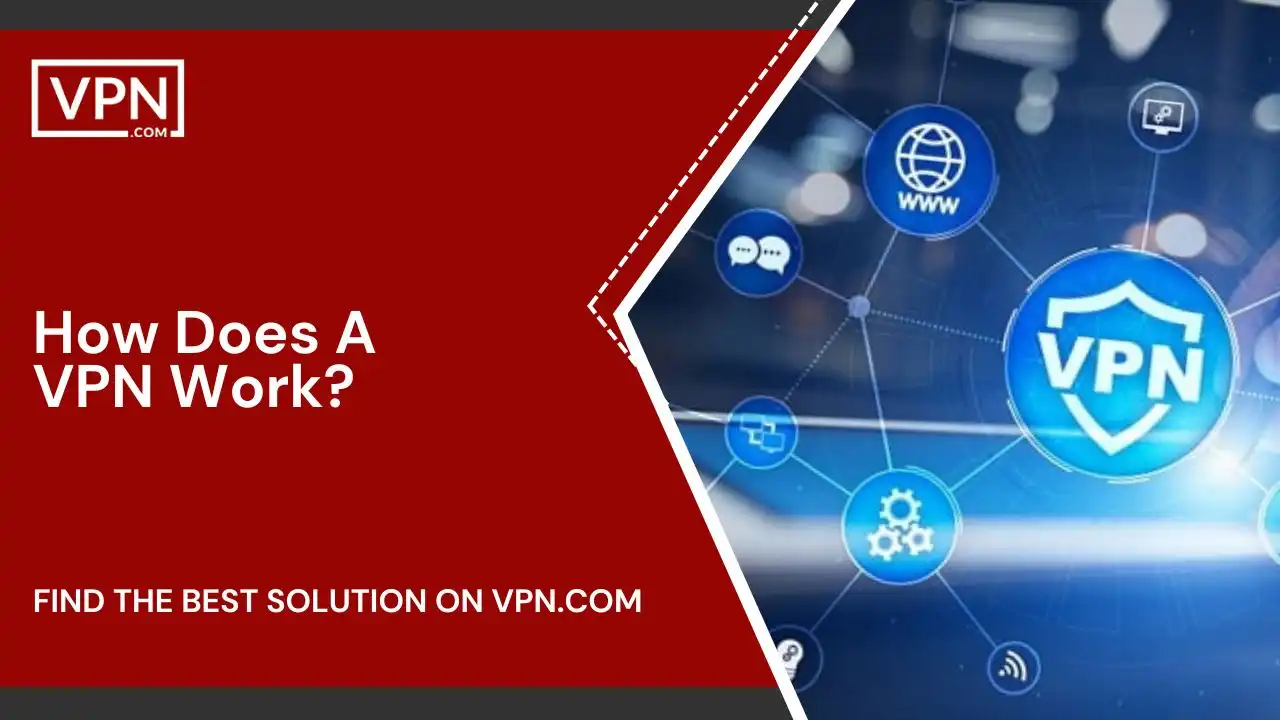
With a VPN your internet traffic which includes searches, pages visited, uploads, and downloads is first routed through a VPN server before being sent straight to your Internet Service Provider (ISP). In this way, your data will appear to arise from the VPN server rather than your personal device when it is eventually transmitted to the internet.
So, your IP address which is a unique number specific to your network is visible on the internet if you don’t have a VPN. By rerouting your traffic through an intermediary – a VPN will hide your IP address. As you will connect to it, it will also add encryption. This encryption will create a tunnel around your identity.
So we can say that the encryption tunnel along with the VPN server will prevent hackers, governments, and your internet service provider (ISP) from tracking you while you browse the internet. So remember which type of IP address you are using. It is important to choose the appropriate kind when it comes to online safety.
What Does A VPN Hide?
We all know that VPNs work on operating systems to reroute all traffic through various servers. What does it mean? It means that when you are surfing your web browser, all your online traffic and even your location will stay hidden. So when you are using a VPN server and you access a website then the source of your connection will not be real.
It will be shown on one of the various VPN servers. We also call it a proxy server. This means if someone is trying to spy on you, they won’t be able to do so. Even the site owner can not figure out if you are spying on them.
Want to know what is the closest thing to a true online anonymity shortcut for using the Tor Network? Virtual Private Network (VPN). It will keep your online activity constantly moving so no one is able to keep track of what you are doing.
Your connection is also bounced around a widely dispersed network of volunteer relays. VPNs are great software to rely on when you are dealing with unsupervised and potentially hacker-infested cyberspace nowadays. They can provide you with the security and privacy that you need.
We know that Web proxies, Tor, and VPN are all great options for online privacy solutions. However, we think that the VPN provides the best combination of speed and security. A VPN is going to keep you private whether your goal is to prevent identity theft, hide your location from content providers and advertisers, or stay safe on Public WiFi. VPN is going to provide strong security which can be particularly used in resemblance with other cybersecurity tools; secure messaging apps.
Also if you think that you have fallen victim to identity theft then it is important to act quickly. This is why you should learn how to report identity theft to mitigate damages. After that remove your personal information online and take steps to prevent identity theft from happening again.
Why Do We Need A VPN?
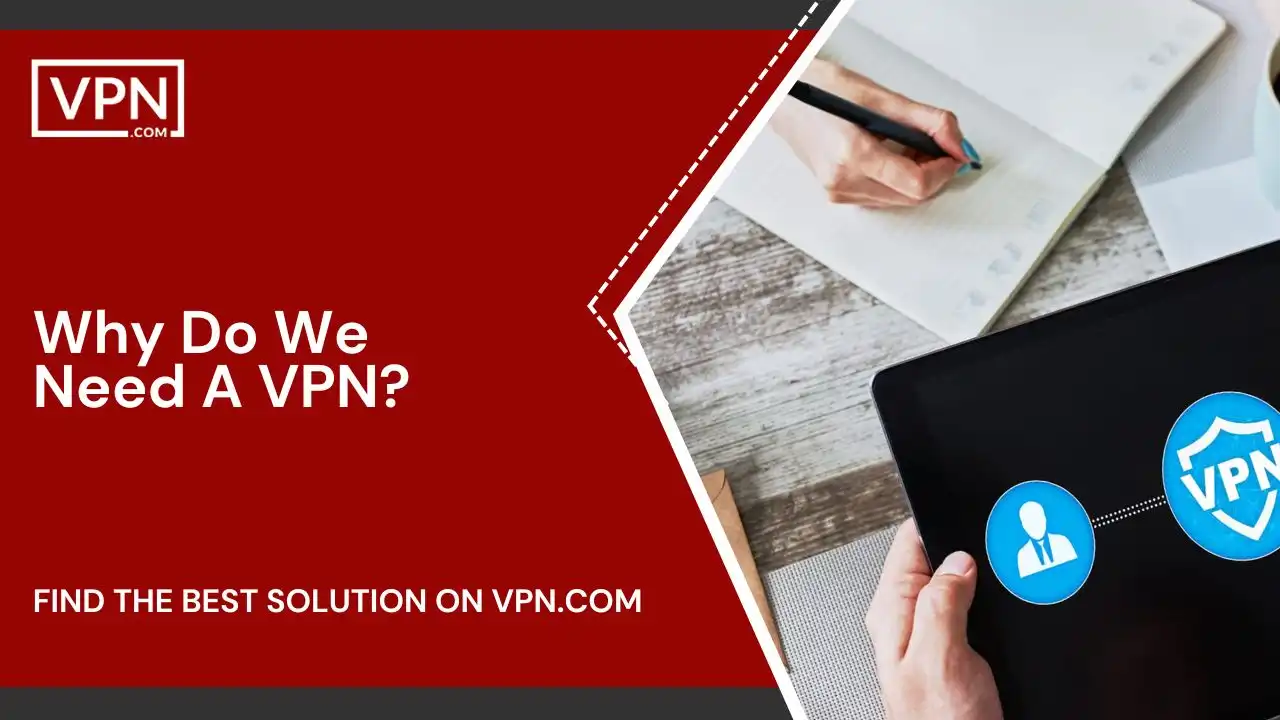
We know that everyone hates it when someone is keeping their eyes on them even if you don’t have anything to hide. Which is why it is important for you to level up your privacy game. This way everyone knows that no one can mess with you. Here are the reasons why a VPN can be a great help to you:
While Using Public WiFi
VPN is a great way of securing your connection to public WiFi. It means that with a VPN on you can browse sites with full privacy. As the ever evolving technology, hackers have also learned new ways to steal data from you. They have learned many new methods to steal your sensitive data and it mostly happens on public WiFi. However, with a VPN on your online traffic will be invisible to them and you can browse safely.
While Travelling
We all know that every country has its own rules and regulations and sadly we have to obey them. Many countries restrict websites that they think are not suitable or offensive. Thus, if you want to access your favorite content while you are traveling, learning how to use a VPN free can be a great help for you. So, install a VPN quickly on your phone and try not to miss that important post from your favorite influencer on social media.
While Browsing
Do you know that government agencies and your internet service providers are keeping track record of all your activities? They would love to collect your messages, browsing history and even personal data. Would you want anyone to spy on you like that? If not then try to find a way to hide it. And we know the best answer is a VPN. It will ensure that your data is kept safe and secure from prying eyes.
While Gaming
Are you a gamer or like playing games online? Then you must be worried about DDoS attacks or bandwidth throttling, right? When using a VPN you can forget all about it. The Meshnet feature will allow you to set up secure LAN parties with your friends. It means you can enjoy gaming with your friends without worrying about anything else.
While Shopping
Do you know that sometimes you have to pay more just because of your location? A VPN will make sure that you don’t overpay for stuff just because of your location. They will avoid fake websites and switch attacks. So if you want to shop securely and keep your credit card details safe from hackers even on public WiFi. Then we think the right call here is a VPN too.
While Streaming
Are you facing issues while streaming? It may be because you are in another country or your ISP is slowing down your network. Learning how to use a VPN for streaming can be a savior to save your movie night by protecting you from your ISP who is throttling your connection. So enjoy the movie night with your friends with a VPN.
How Can We Use A VPN On Mobile?
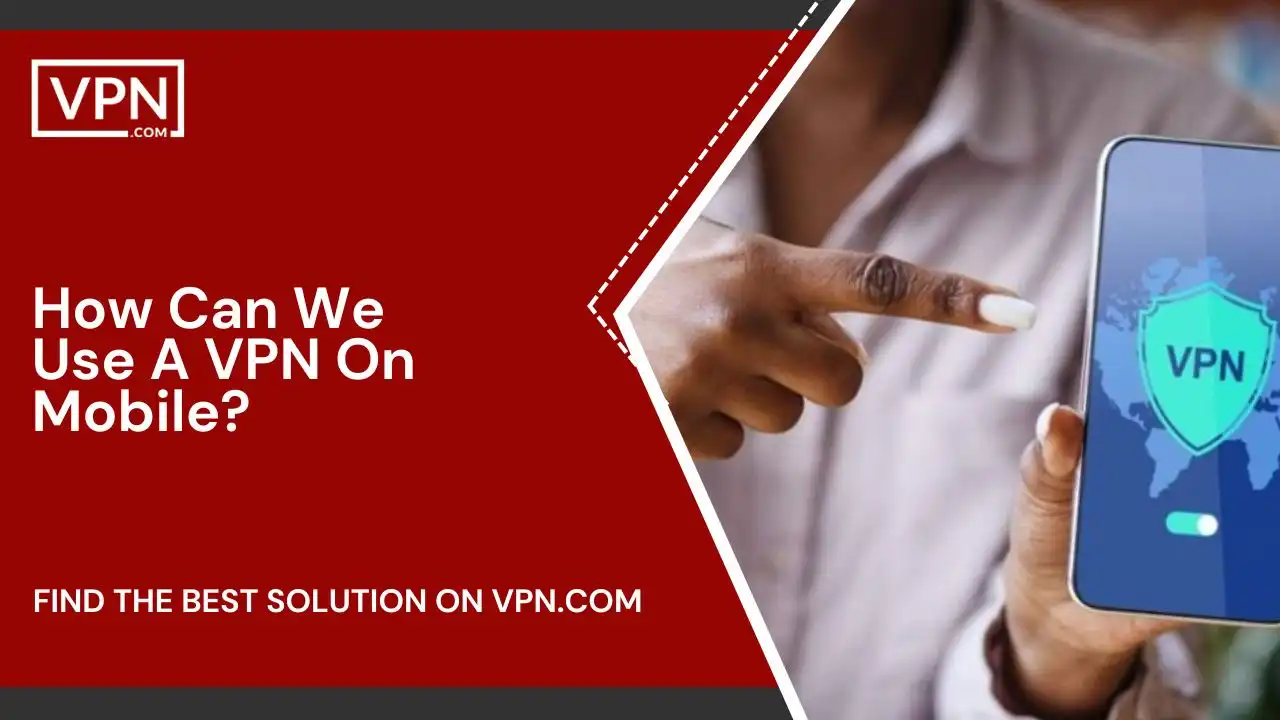
Knowing how to use a VPN is important for everyone nowadays. Thus, you should know how to use VPN on your mobile phone. If you own an android or iPhone, you will have various choices of top VPNs to choose from. However, we think it is harder when using a Windows phone or a VPN that is less popular. But still the setup and configuration process is easy at least.
IPhone
Do you know that VPNs are very easy to configure on an iPhone? Once you have installed them and signed up for a service, then you can easily go to the VPN menu. You can reach the menu by:
- Going in Settings
- Selecting General
- Go to VPN
However, there are various apps that offer to automatically configure the VPN as soon as you download them. It means all you have to do is switch on the VPN and it will connect.
Android
Configuring VPN on Android is not as easy as on iPhone. In this you have to find the data for the VPN and input it on the device. However, the information that you found varies with the VPN. It means that you might have to download an application to work. You will be able to input the information either way by:
- Enter the Settings App
- Select Network & Internet
- Select Advanced
- Select VPN
This menu contains all the fields that will enable you to add your newly installed VPN. It will activate the connection by following the instructions from the provider. However, remember that you can also remove VPNs any time that you have configured.
Windows Phone
Configuring a VPN on a Windows phone is the same as doing it on other mobile phones. All you have to do is:
- Select All Settings
- Tap Network and Wireless
- Find and Select VPN options
After you find out how to use a VPN option, fill out the fields such as VPN type or provider. Other data will allow you to set up the connection and enjoy the protection of how to use a VPN. It doesn’t matter whether you are on a WiFi or data connection. You should learn how to use a VPN on your Windows phone.
There are times when you can also face data limits for your VPN provider because all the phones in your household are using that single VPN service.
This is why we suggest that you use a VPN on your router. It will cover all the devices in your home. We know it won’t be able to protect you while you are away from home internet. But it will account for all the home devices while using a single connection.
How To Use A VPN With Your WiFi Router?
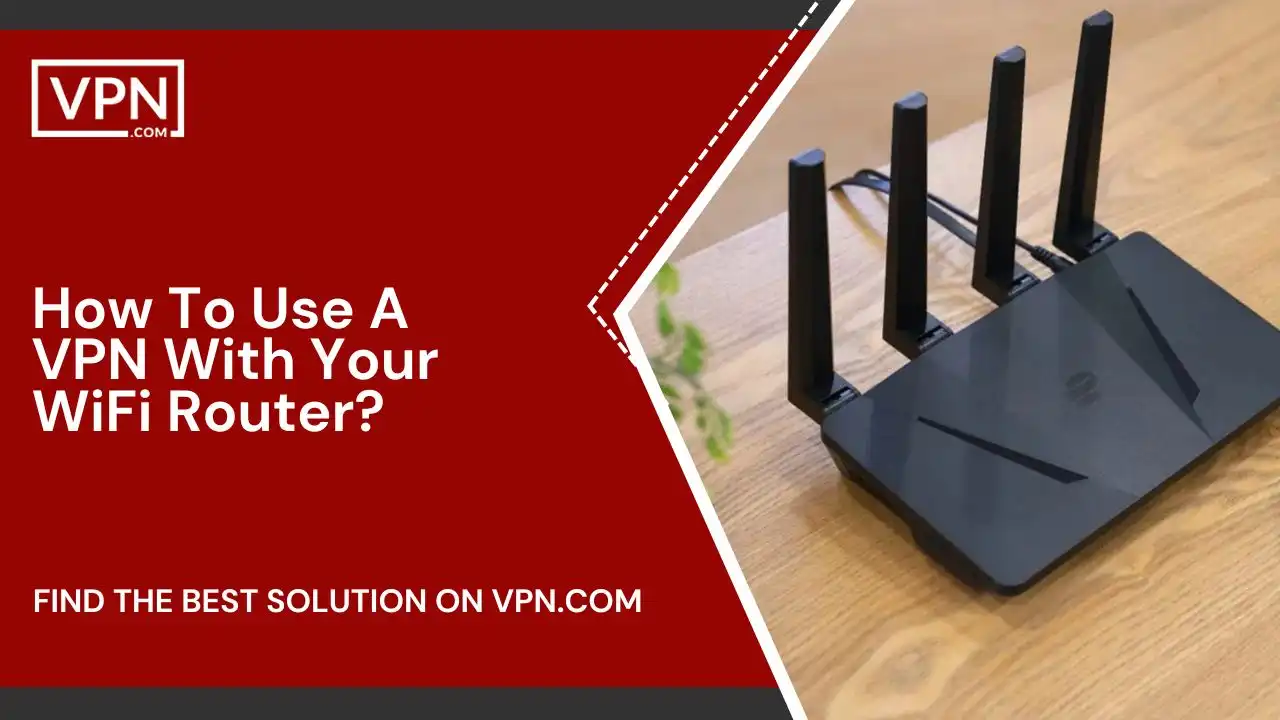
Do you know the easiest way that you can use a router in your home is by learning how to use a VPN with a prepackaged, pre-configured router? But we know that these can be expensive and somehow restricted too. The reason is they are often not optimized for how to use a VPN, as they are associated with a single provider.
However, thanks to advanced technology we can connect with the VPN of our own choice. The routers come with VPN compatibility and a set of guidelines which makes it crucial to understand how to use a VPN with your WiFi router. We think this knowledge enhances your internet experience.
Finding a VPN provider who is compatible with your router requires first figuring out what model it is. You can then search the websites of several VPN service providers, focusing on how to use a VPN with them. Once compatibility has been confirmed, the VPN service provider should provide instructions on how to configure your VPN on the router.
This usually involves typing the IP address of the router into your search bar and logging on. You must configure the router to route traffic to the VPN server after logging in. The specific procedure varies based on the firmware and router model, but customer service at the VPN service provider of your choice should be able to assist in explaining how to use a VPN with your specific router model.
What Should A Good VPN do?
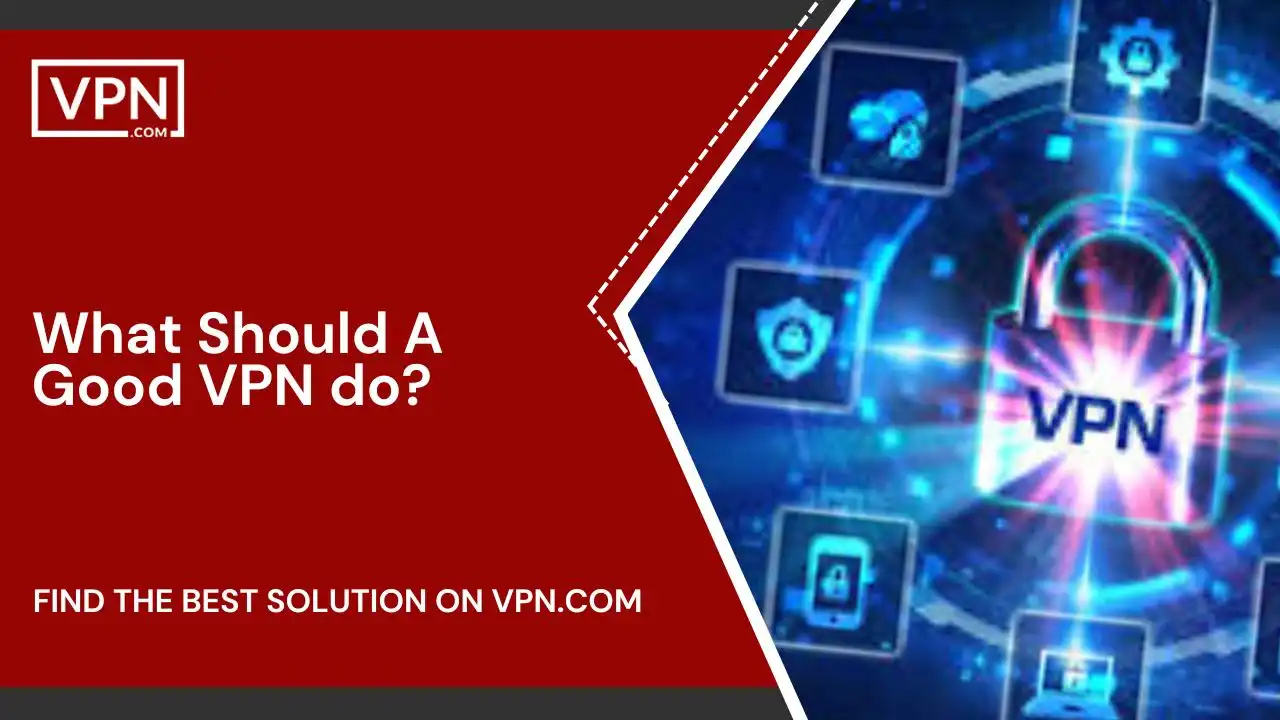
VPN is not liable to only protect you but there are many aspects where it should work. It should be able to perform various tasks at once. The VPN itself should also be protected. Which is why we think you should never compromise on a VPN before buying it. Here are some of aspects on which you shouldn’t compromise at all:
Encrypted IP Address
The main job of a VPN is to hide your IP address from your Internet Service Provider or any third parties that are trying to keep an eye on you. It allows you to send and receive information safely. With the VPN on, no one except you or your VPN can know what is happening. It means that your VPN should have a good encryption of your IP Address.
Encrypted Protocols
A good VPN is the one who knows how they avoid any left traces from you. You can take the example of search histories and cookies in the form of Internet history. Do you know the most important encryption is of cookies. It is very important as it will prevent any third party from gaining access to your sensitive or personal data. It will also protect your financial information and other content on websites.
Kill Switch
Do you know that as soon as your VPN will get interrupted – your secure connection will also get interrupted. So if you have a good VPN with you then it will make sure to detect this downtime. As soon as they detect it, the VPN will terminate selected programs and reduce the chances of your data getting compromised.
Two-Factor Authentication
A good VPN will make sure to use various ways of authentication methods. They will keep a check on everyone who is trying to log in. For instance, you might be asked to enter your password after which a code will be sent to your mobile device. It makes it difficult for uninvited third parties to access your connection or activity.
Conclusion
Now you know why it is so important to have a VPN in our daily life and how to use a VPN effectively. With the advanced technology also comes the advanced hackers. This is why we need to also play smart and be one step ahead in understanding how to use a VPN. No one likes eyes on them all the time. Which we think is not something to compromise on. It is the main reason that you should get yourself a VPN at your earliest.
However, if you are having a problem understanding which is the right VPN then you can try VPN.com. They are the best in their fields and will provide you with 24/7 support. It means even with the slightest issues they can be a great help for you in guiding how to use a VPN. However, if you still have any queries then feel free to ask us.
Customer Reviews for NordVPN: In-Depth Review, Tests, and Stats

Connection issues with MLB.TV
May, 2 2023

Prompt customer service
May, 6 2023

I would highly recommend
December, 15 2023




